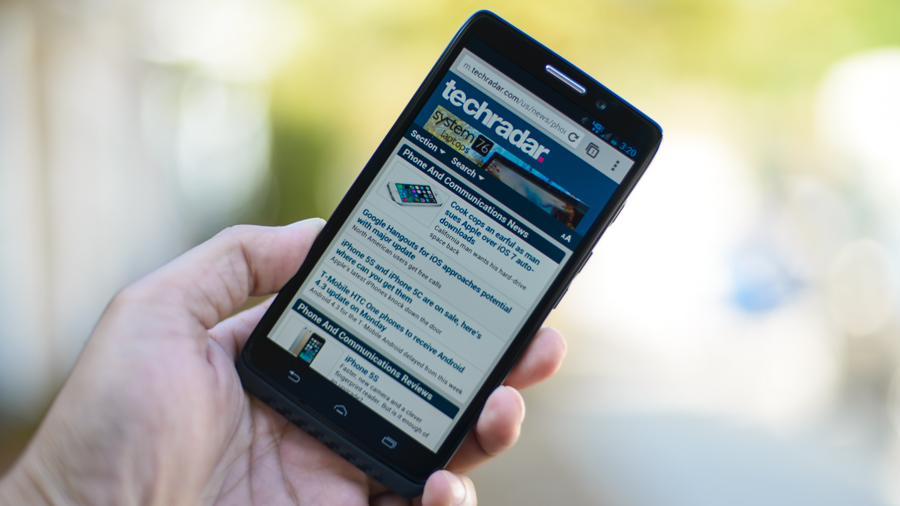Why you can trust TechRadar
Interface
Motorola's UI has come a long way since Blur and Motoblur, names that the company would rather you forgot.
When you first wake the device from its sleep state, you'll find Motorola's Active Display. From here, you can press and hold down the center icon, and you'll have one of two choices: unlock your phone and go to your home screen, or attend to any of the notifications on Active Display by swiping up toward them.
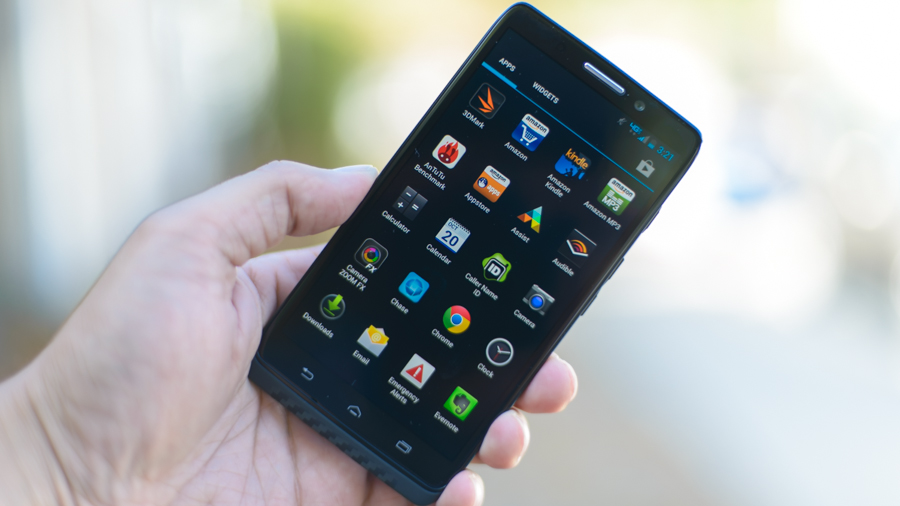
Once you're on your home screen, you'll find five customizable home screens. Swipe down from the top bar, and the notification pane will drop down, showing you any missed or pending notifications and giving you quick access to settings.
When you go into your apps, you'll notice that they are in alphabetical order, and you can swipe left and right to shuffle through them. Swipe to the right past the apps and you'll get into your widgets, which you can press and hold and drag onto the home screen.
If you've ever owned an Android smartphone before, most of this will be intuitive to you. And even if you aren't familiar with Android, the learning curve isn't that steep. Pressing and holding on icons, messages and other items will generate certain options, and it's easy to figure out from there.
Google Now
One of the standout features of the new Droids, along with the Moto X, is the ability to wake your phone and give it commands simply by speaking to it.
It's called Touchless Control, and you set it up by following the on-screen instructions and repeating "OK Google Now" three times until the device learns your voice.
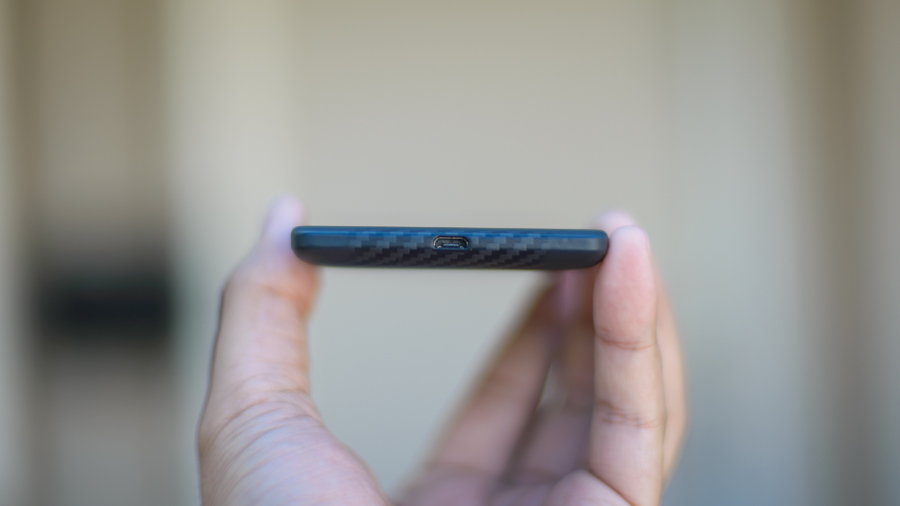
Once you've set up Touchless Control, you can activate your phone just by saying "OK Google Now." You can also ask it questions or give it commands, which is handy if your hands are tied up for some reason, or if you're just feeling plain lazy.
The Motorola X8 computing system is what makes Touchless Control possible without killing your battery life. There are low-level, low-resource processes going on that keeps your phone's microphone on all the time in the event you need to call on it. We'll leave the paranoia to you as far as the potential implications of this technology.
When the Droid Maxx learns your voice and you're already set up and running, it won't activate to the sound of someone else's voice - unless their voice sounds exactly like yours (perhaps your mother or sister?).
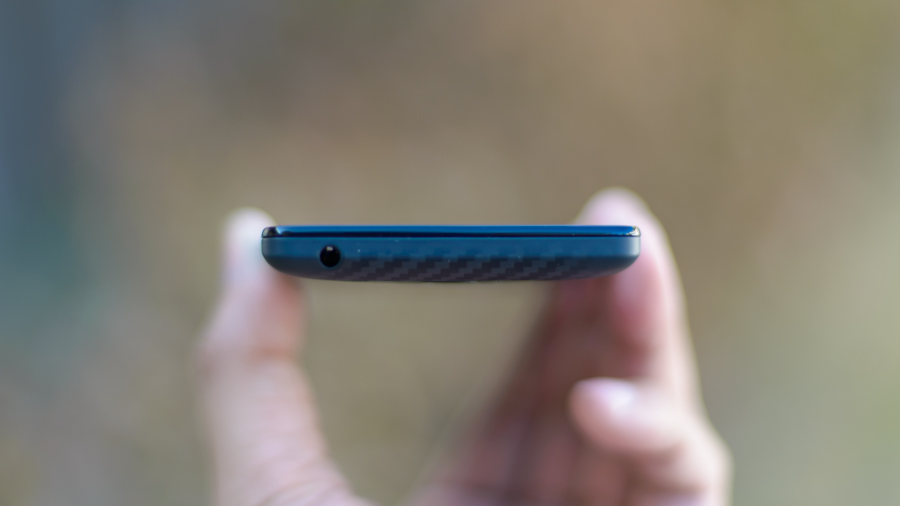
It works very well, but in loud environments and in some cases, it doesn't work as well as it should. Some of that is expected, but when it isn't behaving correctly it can be very frustrating. We've found a few situations where it wouldn't understand or obey us even in quiet environments. Those are the exceptions, though.
Touchless Control is definitely a nice feature to have, even if you hate talking on or to your phone, you'll find that it comes in handy occasionally.
Another neat thing that the phone does is go into different modes depending on your activity, such as driving or attending a meeting. It's called Moto Assist. If you're driving, it'll tell you who's calling and read text messages to you. Or your phone will be silenced for a period of time if there is a meeting on your calendar.
Performance
When it comes to raw performance, the Droid Maxx performs just as the Ultra does. They have the same innards and display, so as we expected, performance is identical.
For the most part, we experienced little to no lag when it came to opening, closing and running apps. Although it's not as powerful as the LG G2, the Droid Maxx holds its own and doesn't do too bad.
When it came to raw benchmark performance, however, things were a little bit of a different story.
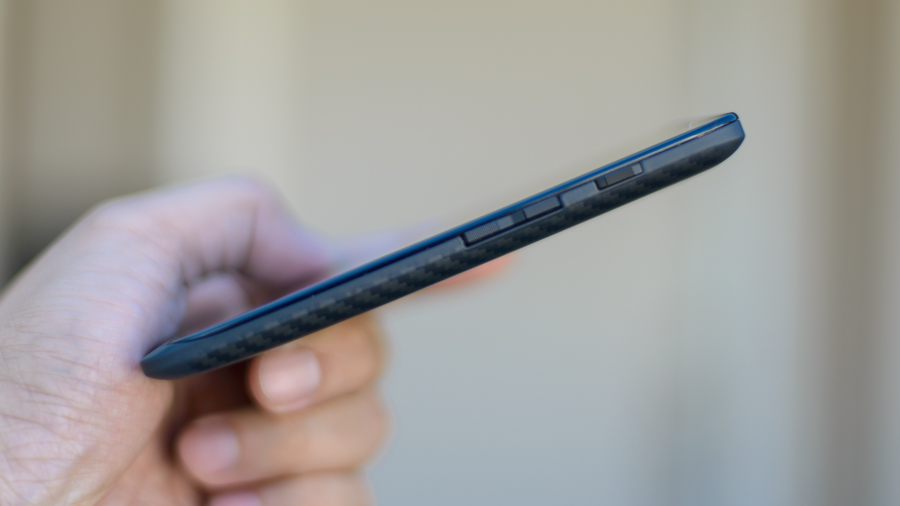
Across the board, we'd say that the Droid Maxx didn't perform nearly as well as the G2, but we didn't expect it to. The Maxx's graphics and processor performance was a little weaker, but in day to day use we really had no issues with the Droid Maxx.
For more serious mobile gamers, though, you may experience delays in performance and some lag. However, it may not be that big of an issue in your average, day-to-day use.
Overall, the Motorola Droid Maxx performs decently enough for a flagship smartphone. It doesn't quite keep up with the likes of the LG G2, but again, you're buying this thing for sheer battery life and perhaps its voice command controls.
The one area where we did want to see better improvement was in its camera, both with actual shooting and startup times. We'll get to that next in our camera section.
Battery life
This thing was built to last, or at least built to last more than a day before needed a charge. With a 3,500mAh battery, we wouldn't expect less.
The battery worked like a champ, and hung with us for well over a day, sometimes even two days. On average, with normal use, the Droid Maxx would last about a day and a half. If we unplugged around 8 a.m., it would last until about after lunch the next day. It's not bad, but we hoped for just a little more.
Surprisingly, the LG G2's battery did just as well as the Droid Maxx. Its 3,000mAh battery performed spectacularly, so if we were making strict recommendations between phones based on battery life, we might give it to the G2.
That's not to take away from the Droid Maxx, but if your key selling feature is matched or bested by a competitor who doesn't tout the battery as its best feature, you might want to try squeezing a little more juice from it.
Current page: Interface, performance and battery life
Prev Page Introduction and design Next Page Camera